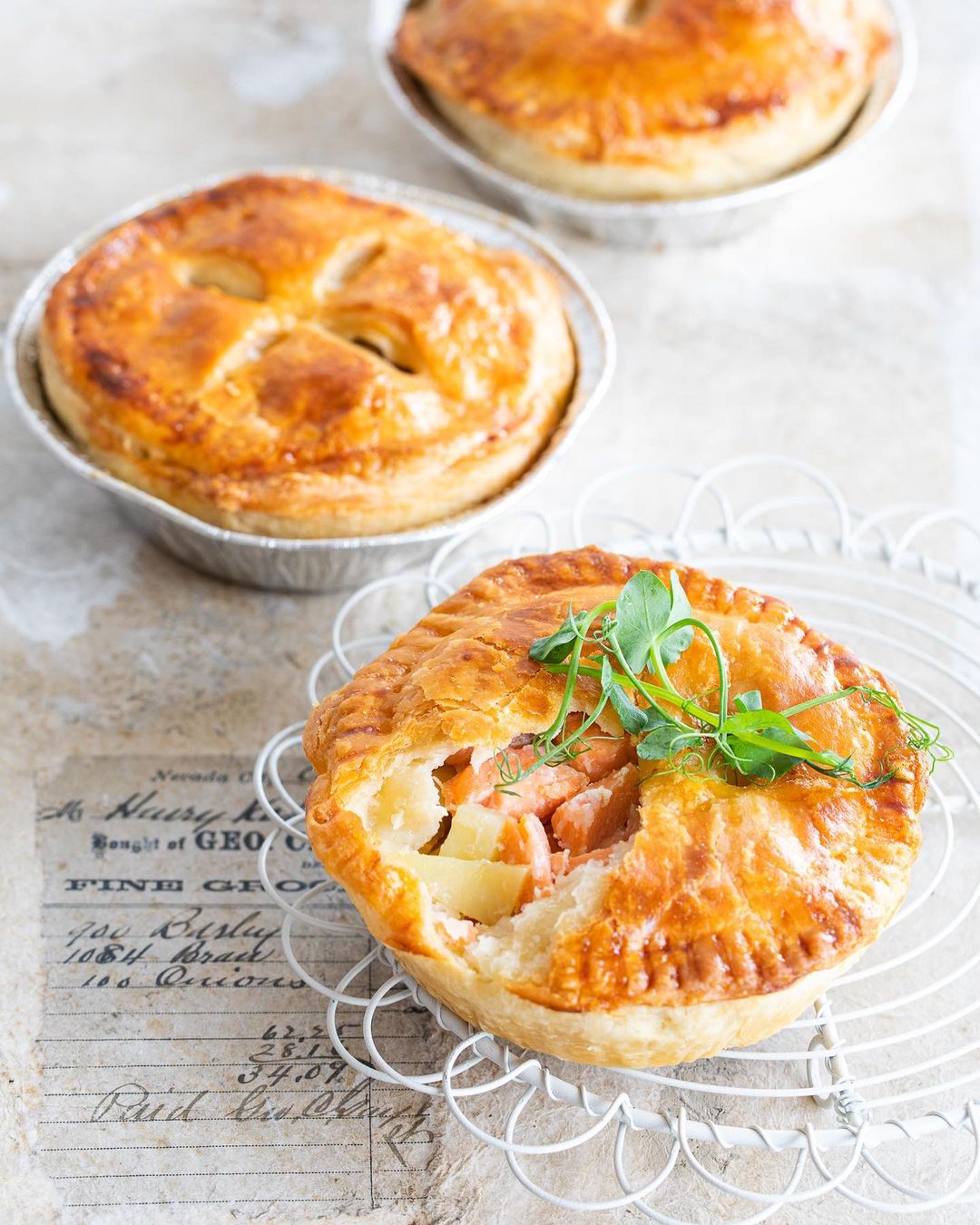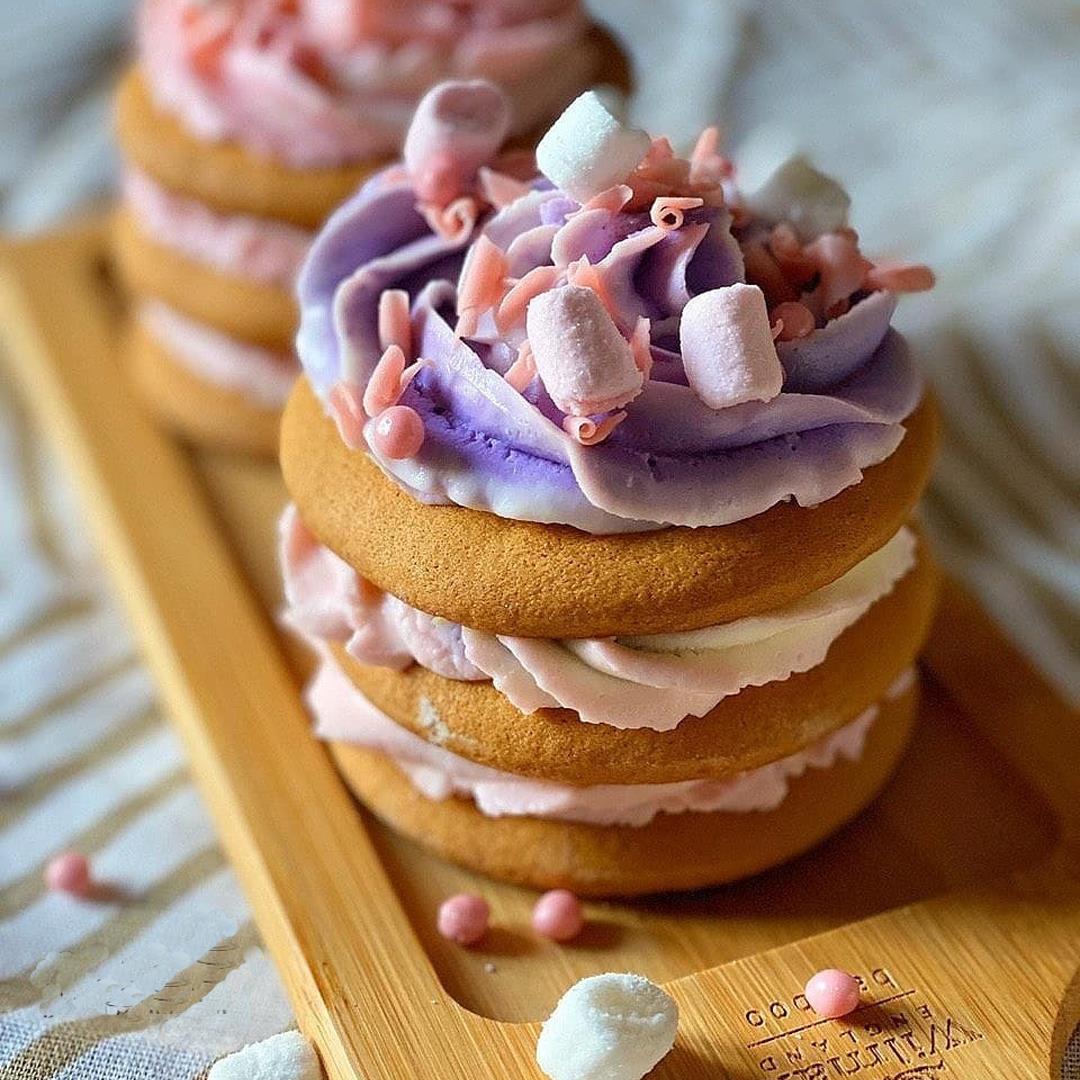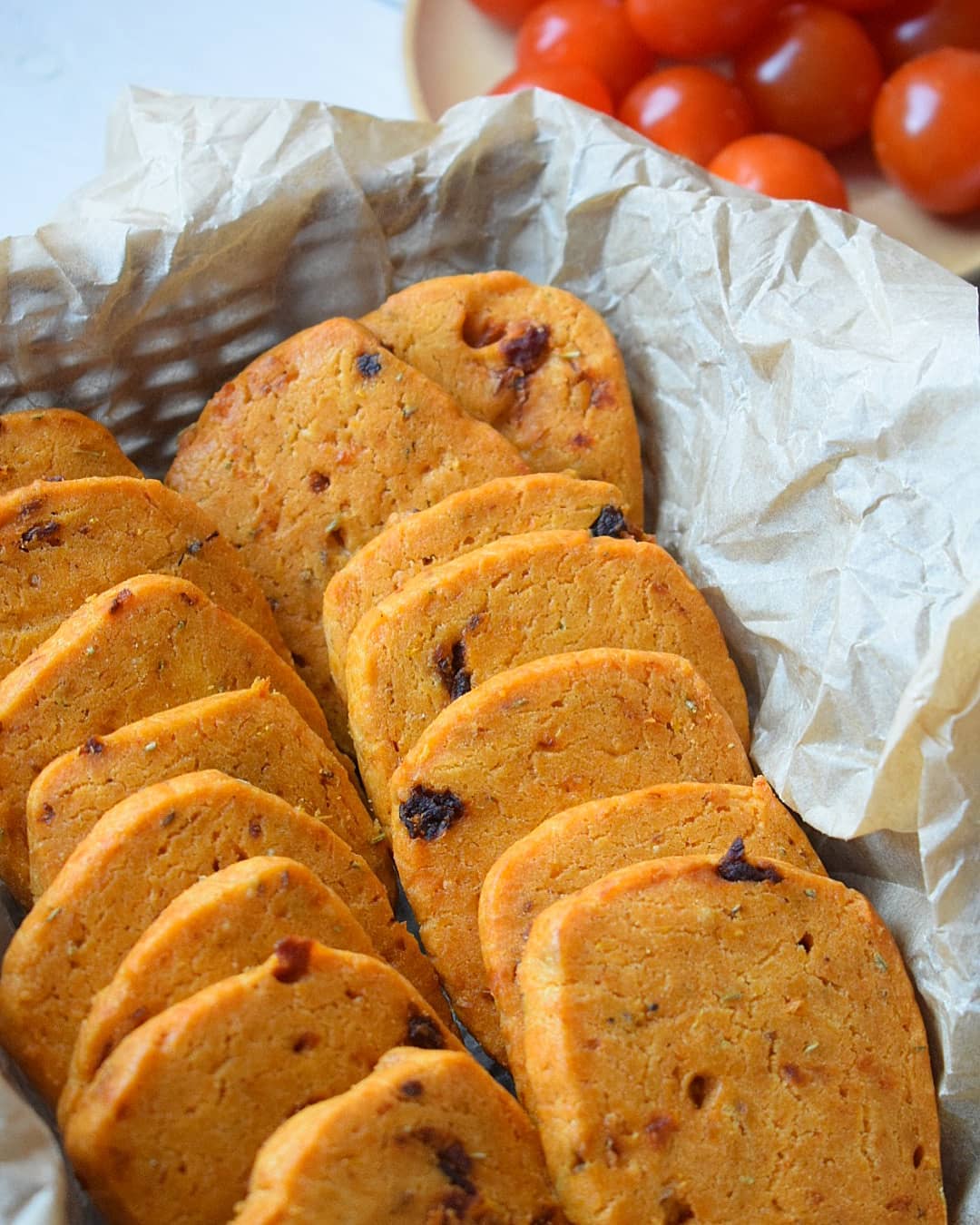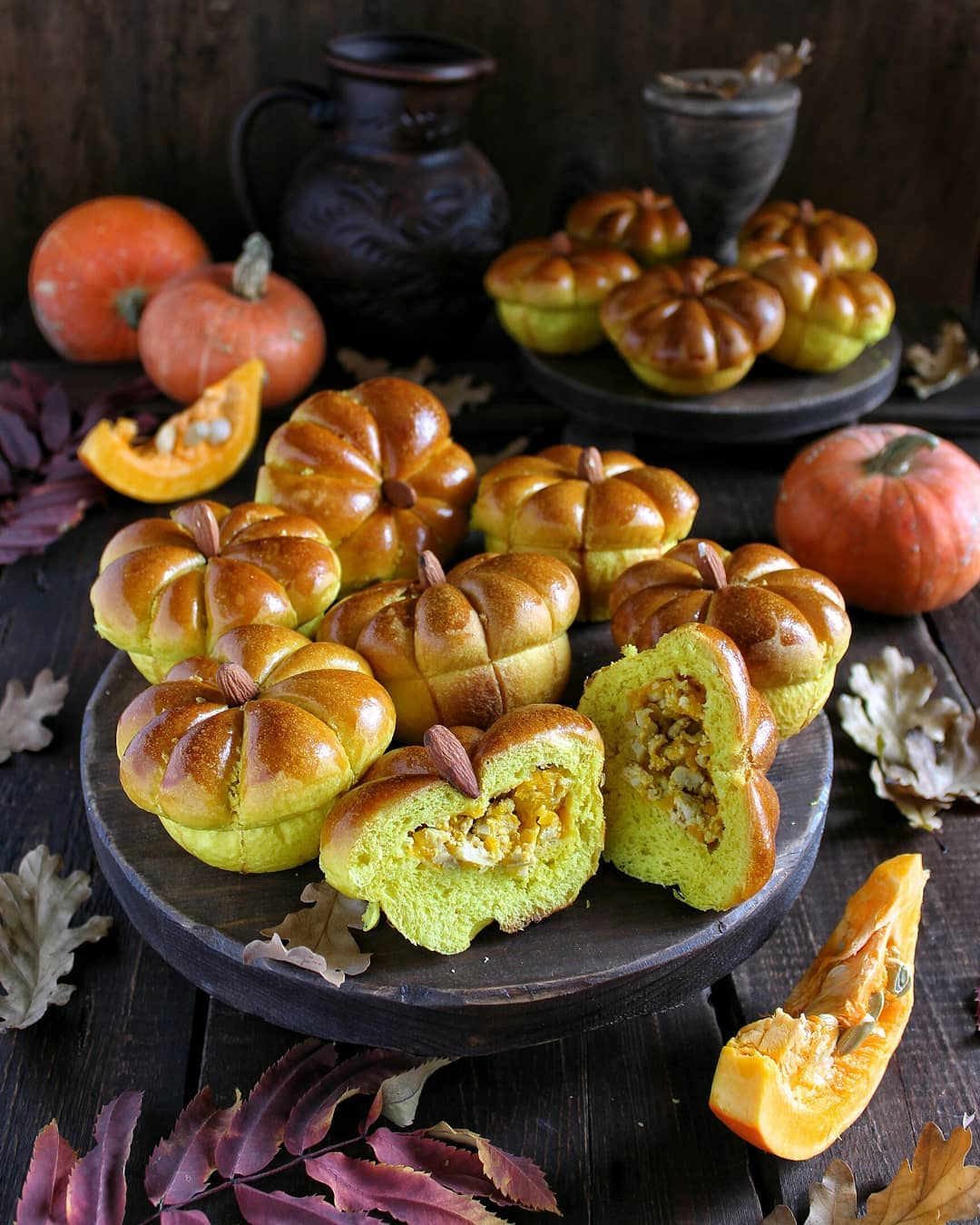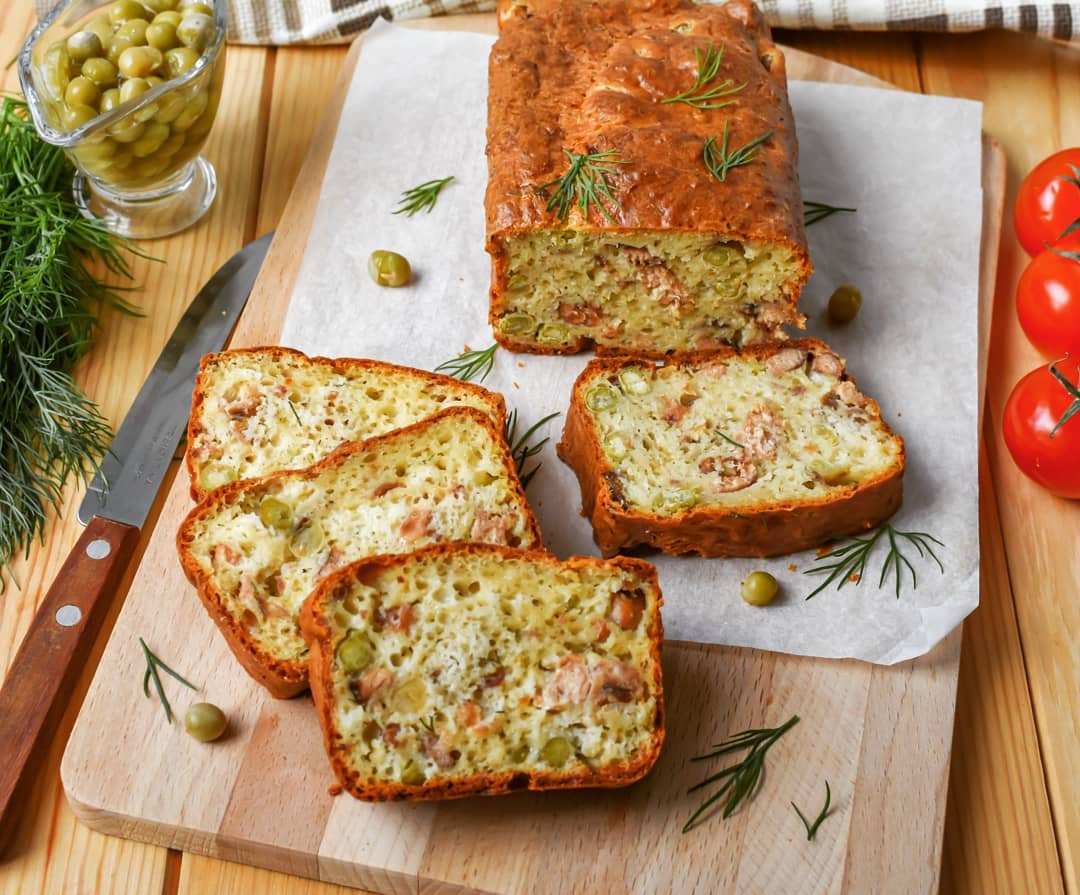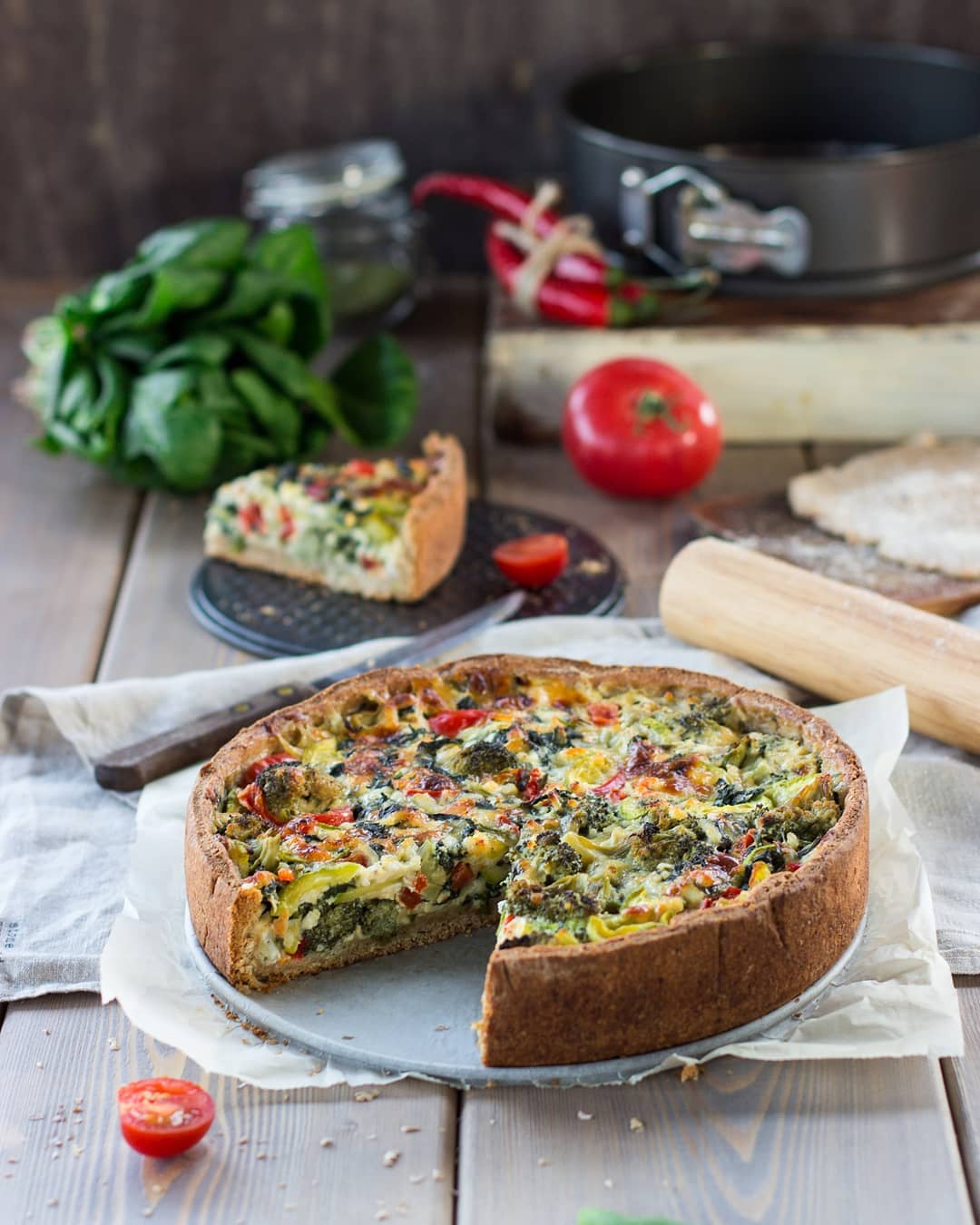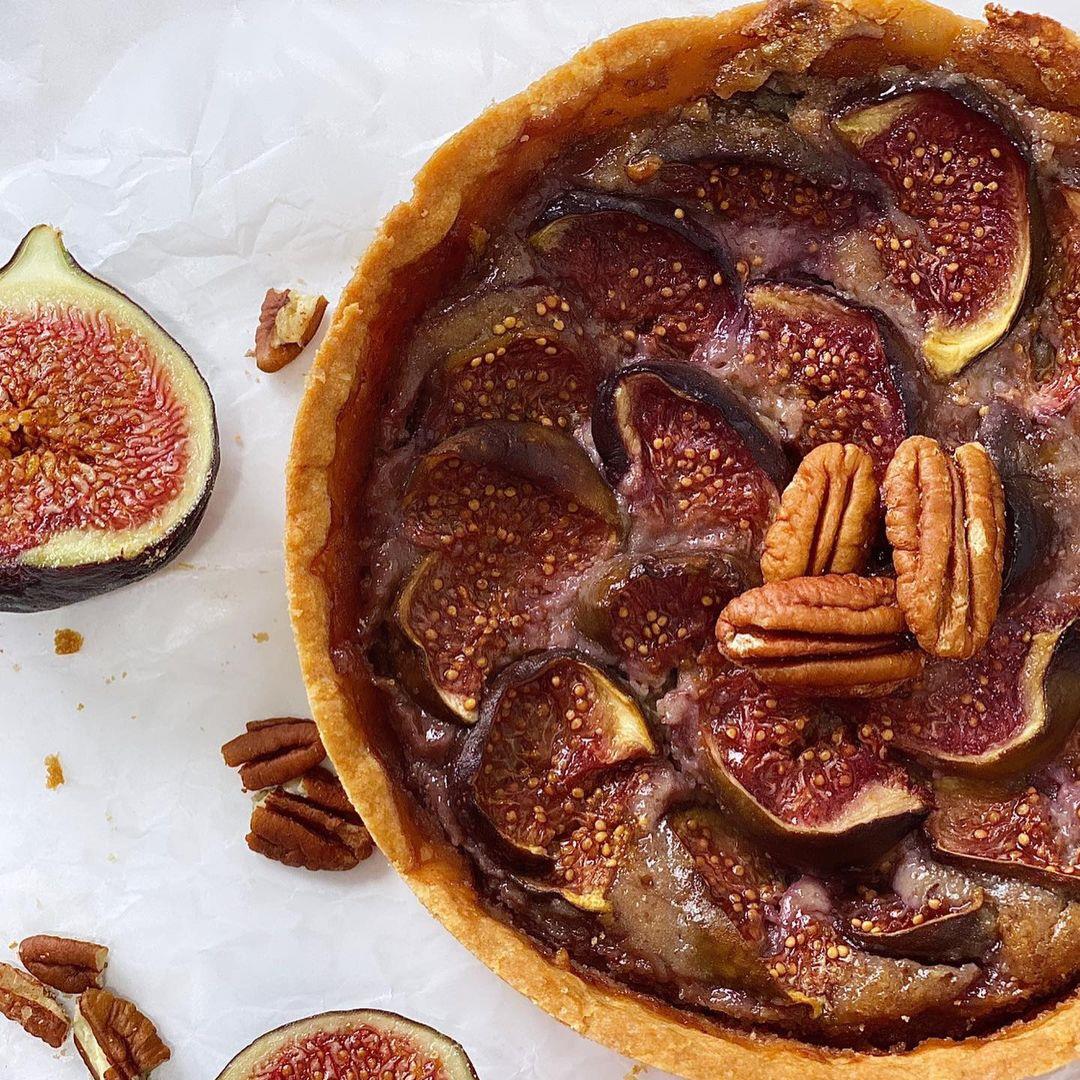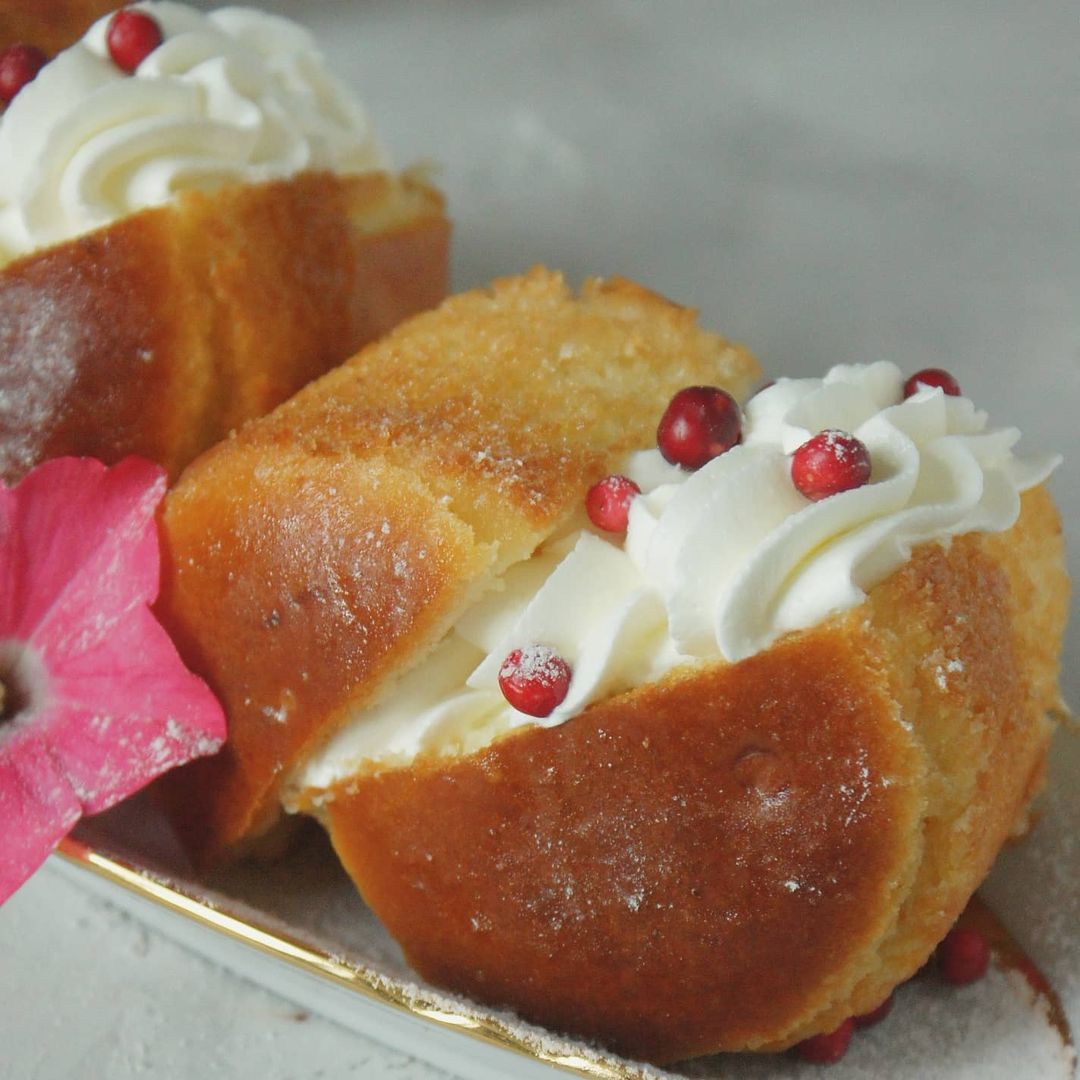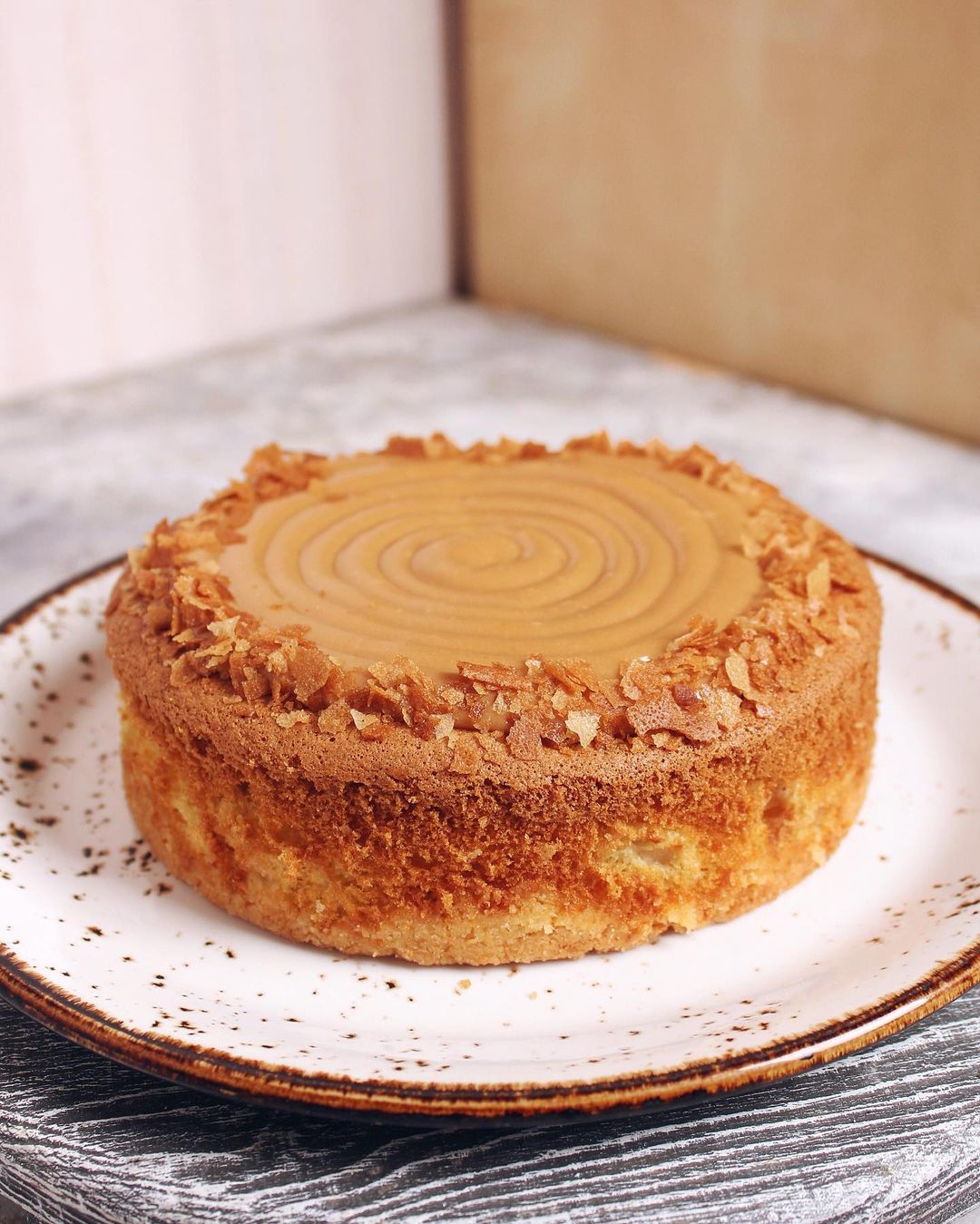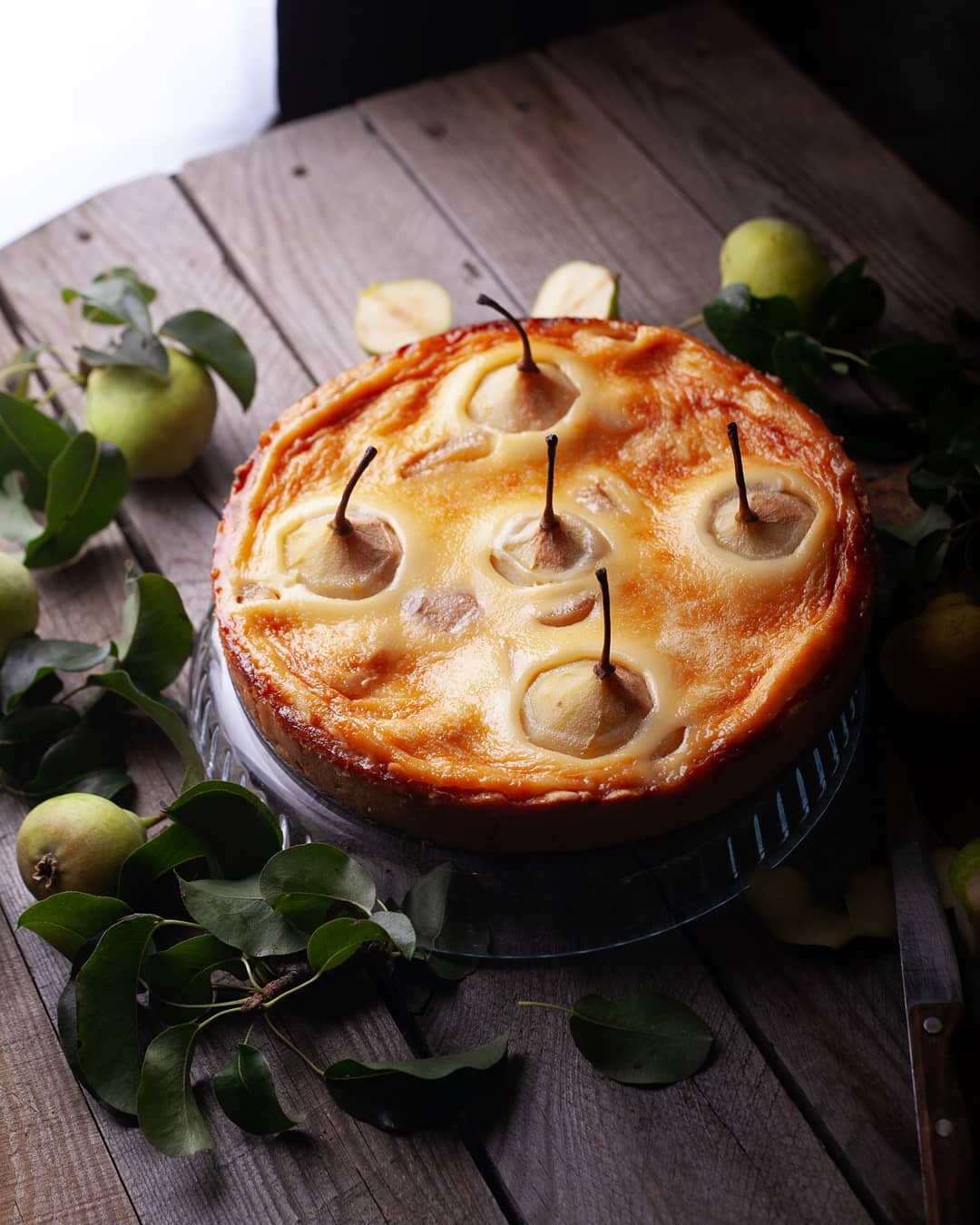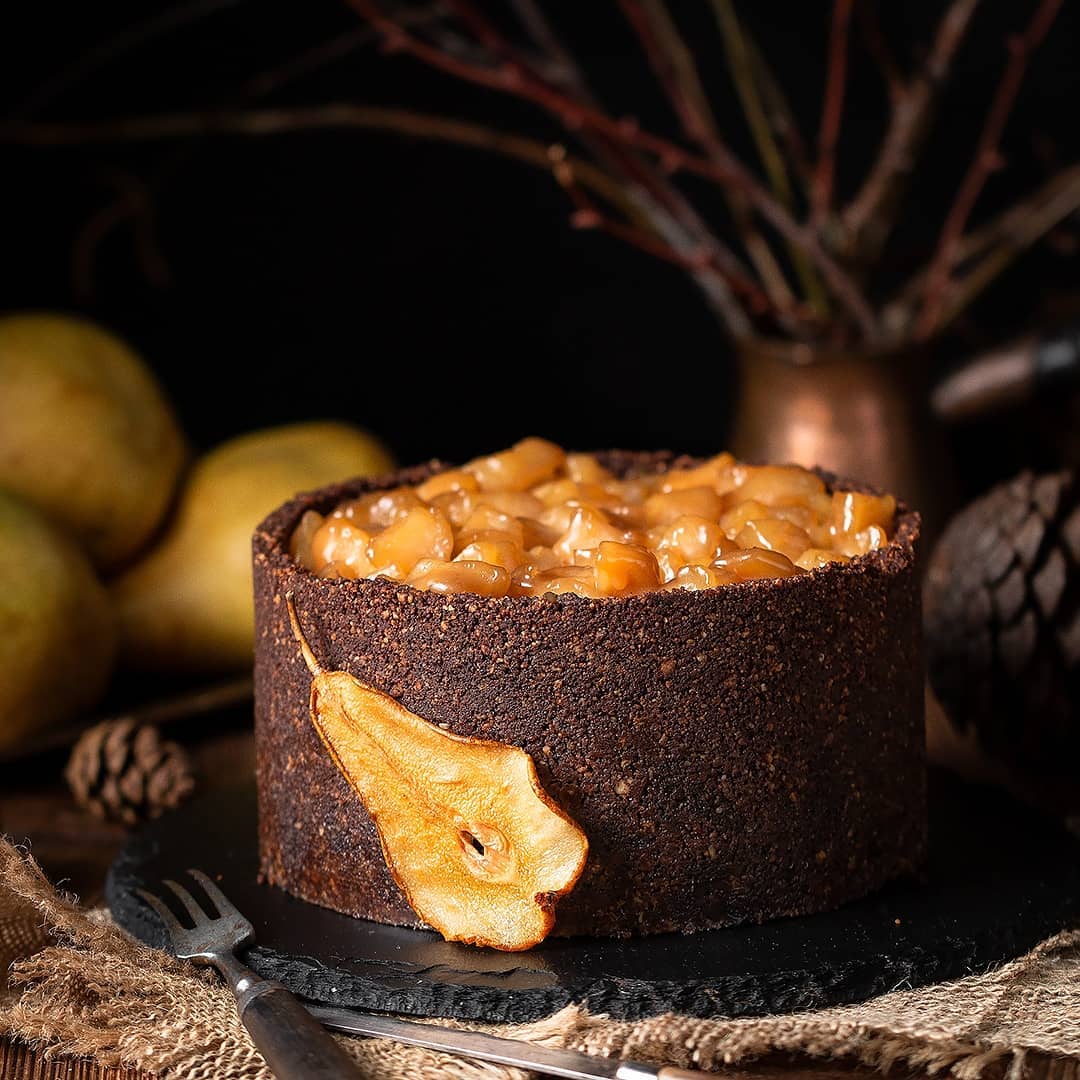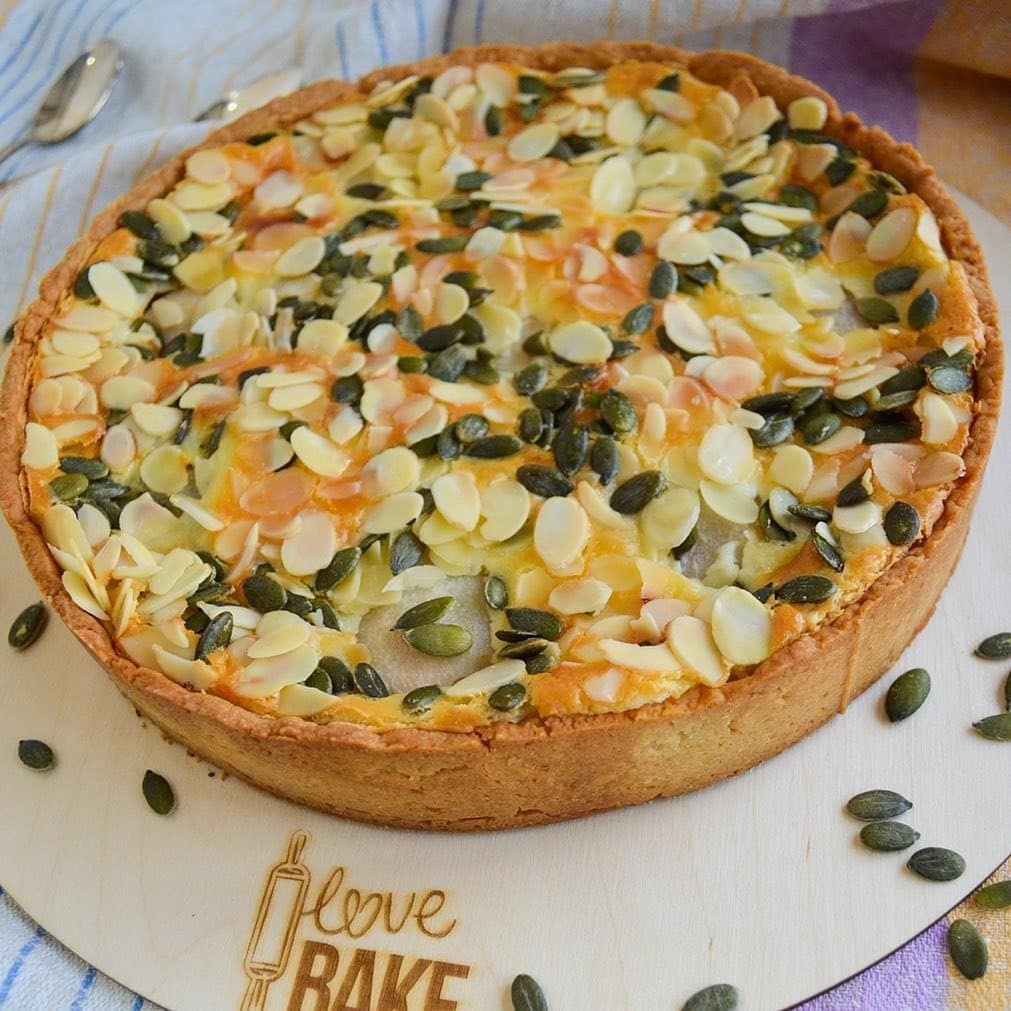Ingredients
The pastry
The filling
Instructions
Step 1
Step 2
Step 3
Step 4
Step 5
Step 6
Step 7
Step 8
Step 9
Step 10
Servings
Equipment
Ensure you have ample space to chop the butter and flour mixture effectively. A spacious cutting board prevents spills and makes the task much more manageable.
A sharp, reliable knife speeds up chopping and allows for more precise cuts, especially when handling the butter.
A medium-sized bowl for combining the cold egg and water mixture. Choose one with measurements for accuracy.
Essential for rolling out the dough evenly. A non-stick rolling pin is a great choice to avoid sticking and tearing.
Prevents sticking and ensures even baking. The parchment paper makes cleanup a breeze.
Perfect for brushing the egg wash on the pastry for that golden, crispy finish. Opt for a silicone brush for easy cleaning.
Variations
Faq
- Why is my dough too sticky to handle?
Your dough may be sticky because you added too much water. Gradually add water and mix until the dough comes together without being overly wet. Chill the dough in the fridge if it becomes unmanageable.
- Can I use any type of salmon for this recipe?
Yes, both fresh and frozen salmon fillets work well for this recipe. Just ensure the frozen salmon is thoroughly thawed and patted dry to avoid excess moisture.
- How do I make sure the butter stays cold while making the dough?
Keep the butter in the fridge until you're ready to use it. Also, consider chilling your knife and cutting board beforehand, and work quickly to prevent the butter from melting.
- Can I prep the pastry dough in advance?
Absolutely! You can prepare the dough and store it in the refrigerator for up to 2 days. Alternatively, you can freeze it for up to a month; just thaw it in the fridge overnight before use.
- How can I avoid a soggy bottom crust?
Blind bake the bottom crust for 10-12 minutes before adding the filling. This step helps create a barrier, ensuring your crust stays crisp and delicious.
- Can I reheat leftover salmon pastry?
Yes, reheat your salmon pastry in the oven at 350°F (175°C) for about 10-15 minutes to retain its crispy texture. Avoid using a microwave as it can make the pastry soggy.

